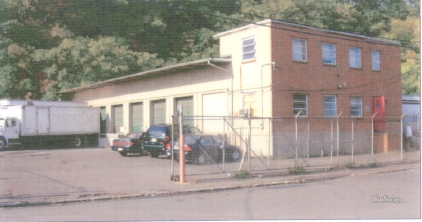Throwin’ a dog a bone – Tax Court reduces assessment on dog kennel despite owner’s sloppy case.
Despite what the Tax Court found to be a sloppy appraisal report by the property owner’s appraiser, the court granted modest reductions on a small warehouse/truck terminal currently used as a dog kennel.
In Glow Properties v. Borough of N. Arlington, the court again reiterated its long-standing holding that the income approach is the most appropriate method to value income producing properties. The borough’s appraiser had used both the income approach and the sales comparison approach, while the appraiser for the property owner relied on only the income approach. Unfortunately for the owner, the court did not accept its appraiser’s valuation, taking issue with the market rent, expenses and, most of all, the capitalization rate.
The court rejected the market rent conclusions of the owner’s appraiser in part because he used a gross rent (where landlord pays expenses out of rent) when his comparable leases were on a net basis (tenant pays rent plus expenses) (citing Speigel v. Town of Harrison, 18 N.J. Tax 416, 423 (Tax 1999); aff’d 19 N.J. Tax 291 (App. Div. 2001)). The court found that plaintiff’s expert provided no evidence that similar properties lease on a gross basis or modified gross basis. The court noted also that plaintiff’s appraiser made inexplicable errors in rent adjustments to his comparable leases. The court accepted the conclusions of the borough’s appraiser as to market rent on a net basis.
The gross lease versus net lease distinction not only has an impact on potential income, but also is significant in setting the capitalization rate (or “cap rate”) which is the rate used to estimate the potential return on a real estate investment, or, put another way, a tool used by investor’s to come up with a market value of an income producing property. The higher the cap rate, the lower the indicated value and vice versa.
The owner’s appraiser derived a cap rate for each year under appeal that was significantly higher than the cap rate used by the borough’s appraiser which drove down his value estimate. In addition, the owner’s appraiser “loaded” the cap rate with the effective tax rate to account for property taxes to be paid out of the rent under a gross lease. This resulted in an even higher cap rate which in turn drove down the estimated market value even further. The borough’s appraiser used a net rent so he did not have cause to “load” the cap rate which resulted in a significantly lower overall cap rate and corresponding increase in the final value estimate. The differences in the approach to market rent and the cap rate resulted in a discrepancy of approximately $200,000 in market value for each year under appeal. While the court determined a value lower than the assessed value, its conclusions were much closer to the values estimated by defendant’s appraiser.
We are not able to say whether either appraiser or the court took the absolute correct approach. What is important to take away from this case is that the “inexplicable adjustments” by the owner’s appraiser and the conclusion of a market rent inconsistent with Tax Court precedent may have cost the owner in this case. It serves as an important reminder to counsel to make sure their client’s experts receive appropriate legal instruction where appropriate and that the expert is prepared to address during testimony any potential weaknesses in his report.
A copy of the court’s decision in Glow Properties v. Borough of N. Arlington may be found here.







